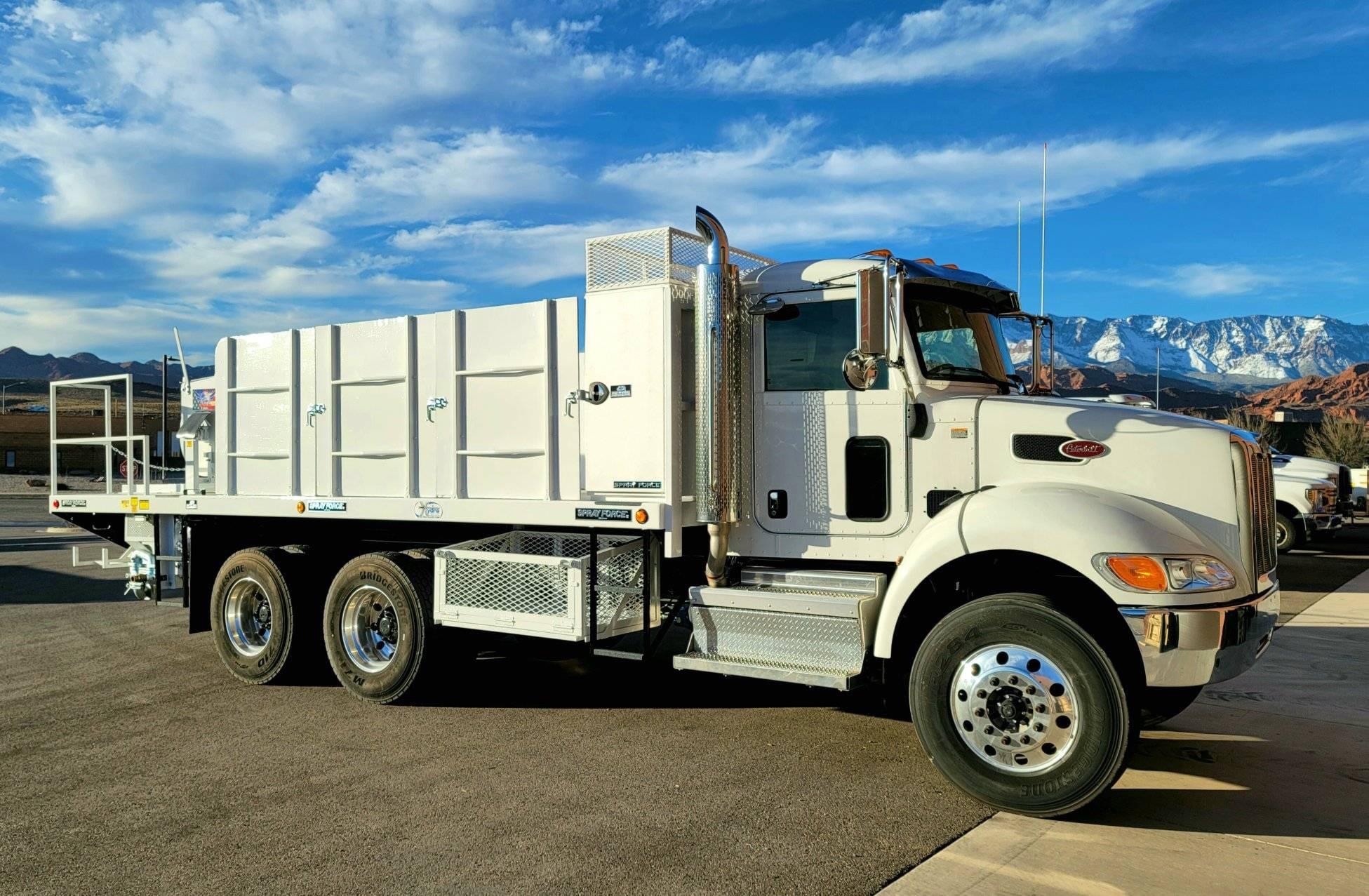Plastering Process
- Home
- Plastering Process
What to expect when plastering a pool & remodeling an existing pool
Pool Remodeling Process
- Our qualified technicians will drain your pool and or spa, turn off all equipment and remove the pool cleaner if necessary.
- Our chip-out crew will arrive and start to remove the plaster or pebble and the tiles if needed. This is a dusty and loud process and usually takes a couple of hours. We recommend that you cover anything that you don’t want to get dusty. Once they are finished, they will wash down the pool/spa. (If you have chosen to get new tiles, plumbing, equipment, or resurface your pool deck, this will happen after your pool has been chipped out.)
- After inspection by our superintendent, our application crew will install the application of your choice. Because we are committed to customized service, we mix everything on-site using our mixer equipment. This process usually takes a couple of hours. Once our crew has completed this process, Please Do Not Enter the Pool or Spa.
- Our crew will acid wash and lightly polish your pool, and install pool lights and the main drain(s). Now it’s time to start the water flowing! It is important not to stop the water until it has reached the middle of your tiles (otherwise, you may end up with a difficult-to-remove hydration ring around your newly renovated pool-voiding the warranty!)
- Once your pool is full, we will return and begin your first initial start-up chemicals and equipment if it is a remodel. If this is a brand-new pool, your pool company will be responsible for the start-up. Our start-ups consist of adding chlorine, acid, and conditioner. We will test the water to make sure your chemicals are good. The chemicals we add are good for three (3) days. We highly recommend you get your pool water tested after the initial three (3) days.
- KICK YOUR FEET UP AND ENJOY YOUR BACKYARD OASIS! The (Do’s) once we are completed with plastering your pool
New Pool Plaster Guidlines
- Allow time (approximately 28 days) before assessing your final water and finish colors. The start-up and balance will allow the watercolor to change over this time period.
- Brush your pool. It is recommended that you brush a Pebble Technology International (PTI) pool finish three times a day for the first three days, and then two times a day for the next ten days. Using a standard nylon (very important) bristled pool brush, brush the walls and the floor of the finish toward the main drain. After that, regular maintenance may include brushing approximately once per week, depending on the amount of dust or debris that may fall into the pool.
- Realize pebbles and/or glass beads will come loose during the curing process (usually in the first few weeks). It is normal to experience a small loss of pebbles and/or glass beads during pool start-up.
- Wait at least 14 days before heating the water and monitor chemical balance more closely after you turn on your heater.
- Wait at least 28 days before adding salt to your pool if using a Salt Water Chlorine Generator System (SWCGS). Salt left on a new surface may scale, stain or discolor the finish and this is not covered by the warranty.

The finish consists of pebbles and cement and will vary in color, shade, consistency, and exposure. The color and shade will vary throughout the day as the sunlight reflects from different angles.
Pool Interior Finish Discloser
Pool interior finishes are composed of materials which may have inherent shading and/or color variation which is normal and should not be construed as a defect. Environmental factors such as humidity, temperature, and substrate conditions during the installation process can cause normal color variations (normal mottling) across the surface of the coating. This is generally a uniform shading or cloudy appearance. These variations may be more pronounced on a cloudy day or at night with the light on. These conditions are beyond the contractor’s control. Discoloration or mottled-shade variation is not considered a failure or defect but is characteristic of most cementitious products, not needing remedy. It is a normal occurrence of most exposed aggregate finishes to have variation in the surface aggregate density or variations in the concentration of aggregates across the finished surface. Proper evaluation of an interior finish is done when the pool is under water and under natural light conditions only. The pool interior finish is NOT guaranteed for evenness of color and may not be the exact shade anticipated. The shade and color of pigmented surfaces will vary and “fade” over time. Crazing (check cracks and hairline cracks) may be noticeable and quite pronounced with colored finishes. These are normal and are not considered defects.
It is highly recommended to perform a start-up procedure on freshly plastered pools such as the NPC start-up procedure. A proper start-up will promote a longer-lasting interior finish.
The longevity of the surface will be dependent on the water chemistry after start up being properly maintained in accordance with the Association of Pool and Spa Professionals (APSP) published standards and recommended practice of maintaining the Langlier Saturation Index at 0 to +/- 0.5. Overall common water chemistry parameters to be monitored are: chlorine, total and carbonate alkalinity, PH, calcium hardness, cyanuric acid and total dissolved solids.
This information is endorsed by the National Council Plasterers Council, Inc. NOTE: We urge you to contact your NPC professional applicator for more information specific to your pool or spa. Chemical treatment alone will not provide sanitary pool water. A filtration system in proper operation, along with a regiment of care including pool brushing, will produce the optimal results for a clean and safe pool.
